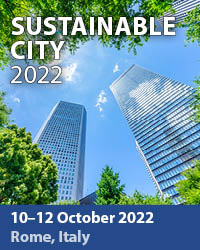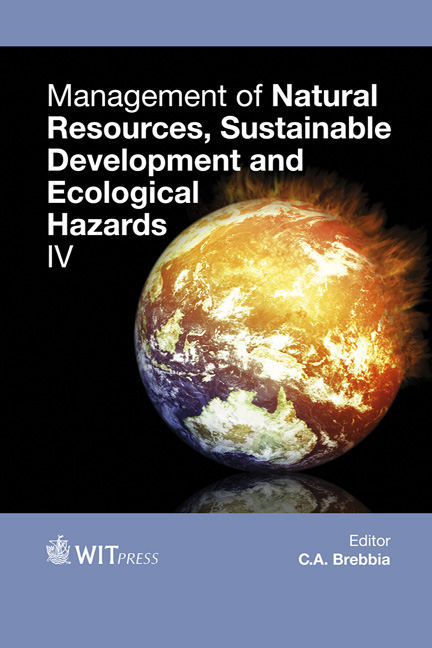Evaluation Of Suitability Of Windhoek’s Wastewater Effluent For Re-use In Vegetable Irrigation: A Case Study Of Gammams Effluent
Price
Free (open access)
Transaction
Volume
199
Pages
12
Page Range
109 - 120
Published
2015
Size
933 kb
Paper DOI
10.2495/RAV150101
Copyright
WIT Press
Author(s)
L. G. Moyo, A. Vushe, M. A. January, D. A. Mashauri
Abstract
Reuse of wastewater for vegetable irrigation may provide the nutrients required for crop growth while reducing the potential deterioration of receiving water bodies due to eutrophication. Evaluation of the suitability of treated effluent for use in vegetable irrigation was done by measuring the physical, chemical and bacteriological quality of the effluent. The effluent water samples were collected along the streams from the wastewater treatment plant at the point of irrigation water abstraction. Measurements of E. Coli and BOD5 in the effluent were done. Electrical conductivity (EC), total phosphorus, total nitrogen, total suspended solids, sodium, calcium and magnesium cations were also done in the irrigation water. Sodium Adsorption Ratio (SAR), Soluble Sodium Percentage (SSP) and Exchangeable Sodium Percentage (ESP) for the evaluation of the effluent effect on soil salinity were calculated using standard equations. The concentrations of the measured and calculated effluent parameters were compared with the World Health Organisation (WHO) and Food and Agriculture Organisation (FAO) guidelines for irrigation water quality. Generally the effluent was suitable for use in irrigation except for one abstraction point where the E. Coli levels were too high.
Keywords
treated wastewater effluent, irrigation, sodium adsorption ratio (SAR), soluble sodium percentage





